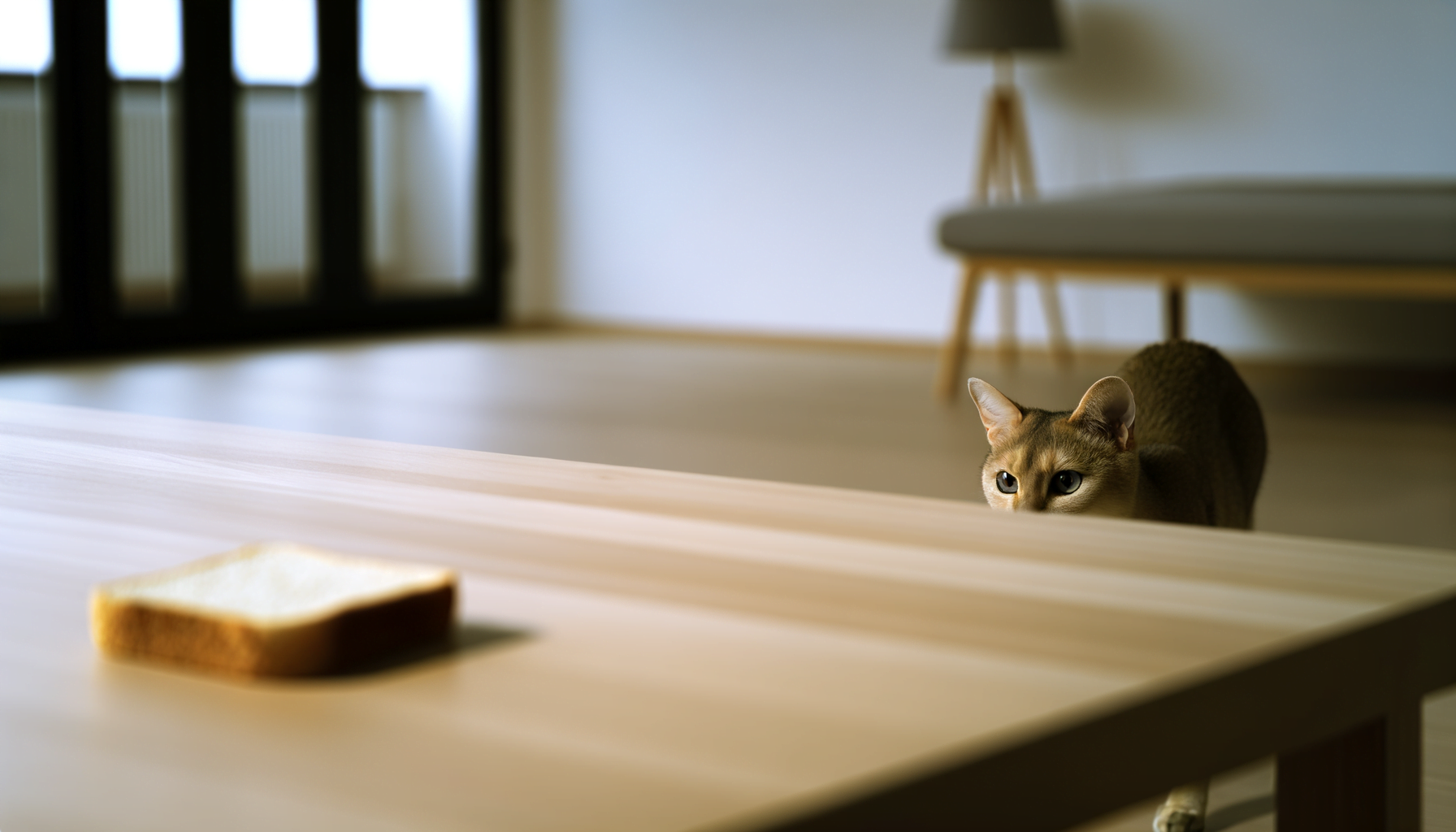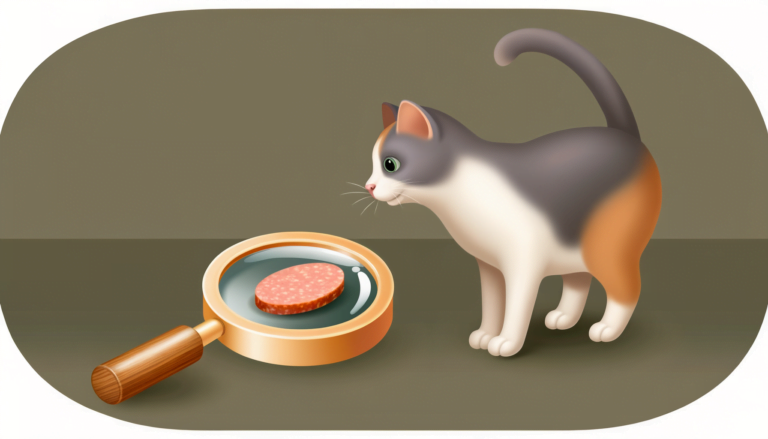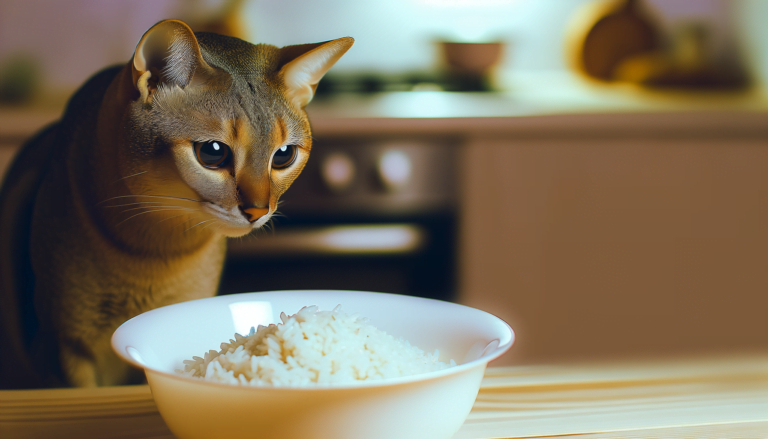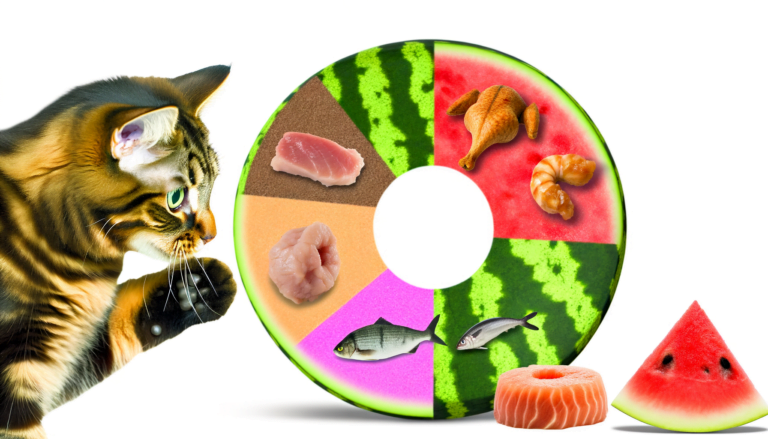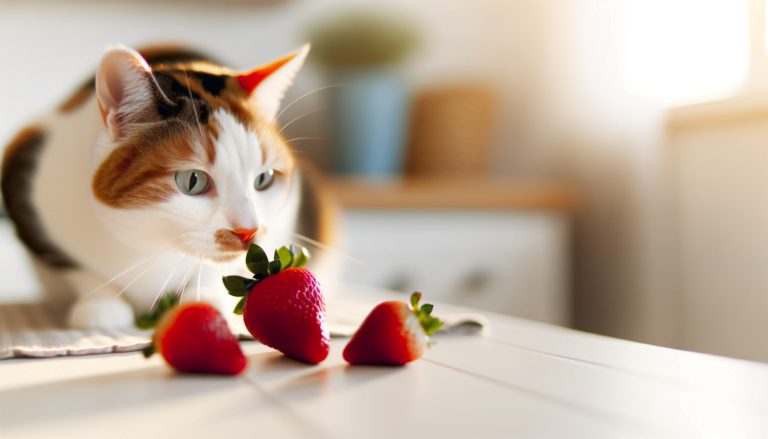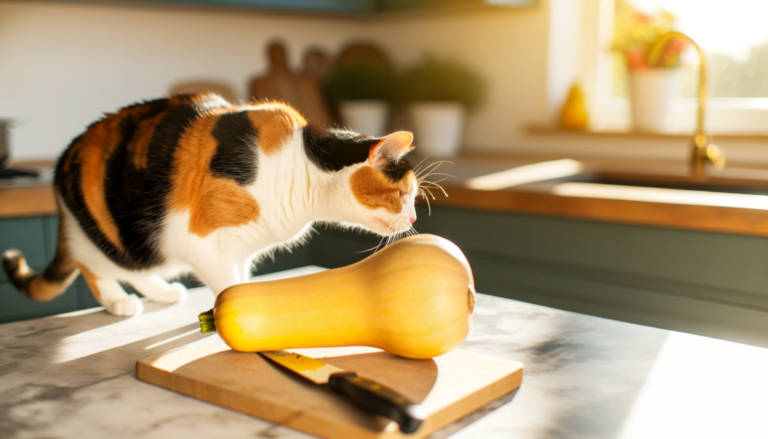Unveiling the Mystery: Is Bread a Safe Treat for Your Cat?
While cats can consume bread without immediate harm, it’s not an optimal food choice due to their carnivorous nature. Cats require protein-rich diets, predominantly from meat, to fully meet their nutritional needs. Bread, being primarily composed of carbohydrates, lacks the essential nutrients cats require and hence, should not be a staple in their diet. Long term feeding of bread can potentially lead to nutritional imbalances, obesity, and associated health issues in cats. Therefore, occasional small pieces as a treat are acceptable, but bread should not replace their regular, well-balanced cat food.
Understanding Cats’ Dietary Needs
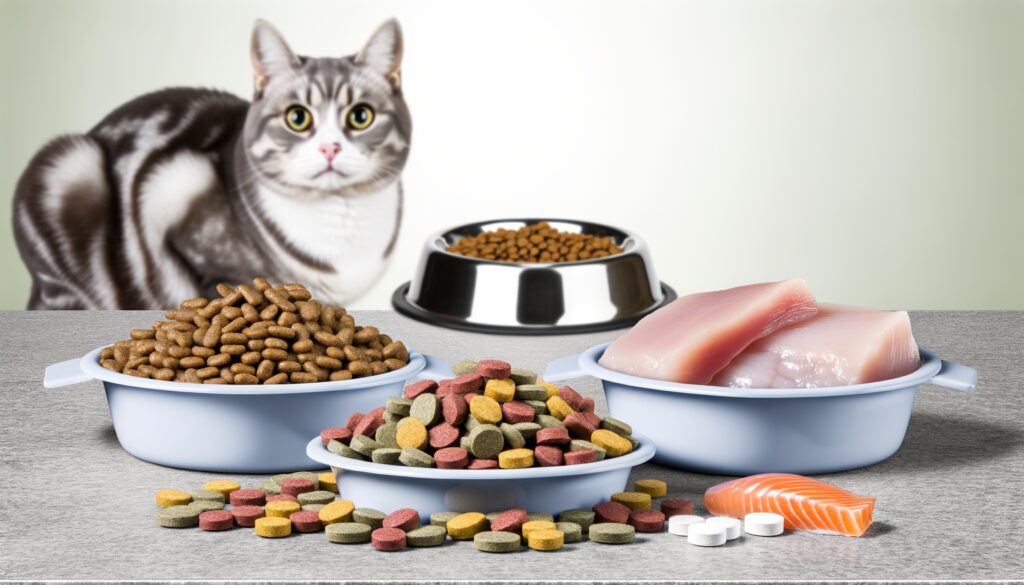
To comprehend the diet necessities of cats, one needs to delve into the biology of these fascinating creatures. Cats, or felis catus, are members of family Felidae and are obligate carnivores. This means that key nutrients required by them are found in meat. Amino acids like taurine, present in animal tissue, are essential but cannot be synthesized by cats. Liver, fish, and poultry provide these vital amino acids. Cat food must have a good balance of protein, fats, and carbohydrates to ensure overall health.
Understanding the dietary needs is essential before introducing a new treat like bread into their regimen. Being carnivores, cats do not have the necessary enzymes to digest plant material efficiently. Their digestive system is adapted to digest high-protein, low-carbohydrate diets. Therefore, foods like bread may not be well absorbed and could potentially upset their digestive balance.
Carbohydrate metabolism differs in cats when compared to humans and dogs. Cats lack the salivary enzyme amylase that humans and dogs use to break down carbohydrates, and their pancreas produce little amounts of the enzyme, making carbohydrate digestion a challenge for them. So, the question isn’t only about the safety of bread for cats but mostly about its nutritional relevance. While a small amount may not harm them, it certainly doesn’t contribute to their nutritional needs. Hence, owners should consider these facts when deciding to
Guidelines for Feeding Bread to Cats
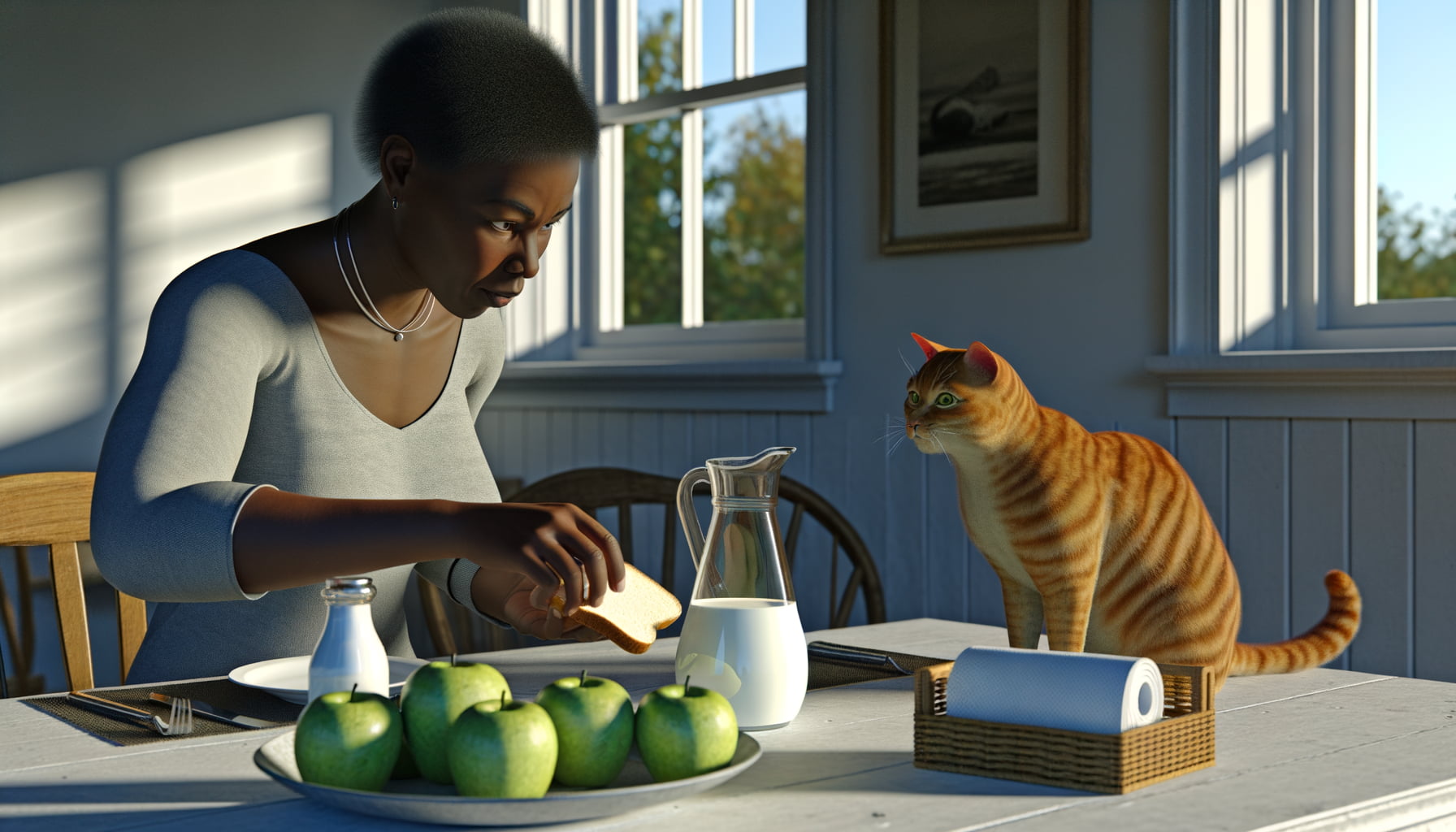
Cats, as carnivores, have dietary needs centered primarily on meat, but occasionally, they may show interest in human foods like bread. When considering adding bread to your feline’s diet, it’s essential to understand their dietary patterns and digestive capabilities. Cereals, including bread, should amount to an insubstantial part of a cat’s diet.
You may give your cat a small piece of bread as a treat occasionally, but never use it as a meal substitute. Always ensure the bread is plain, avoiding varieties with harmful ingredients such as garlic, onions, or raisins, as they are toxic to cats. Furthermore, bread should be offered cooked, not raw, as raw dough can expand in a cat’s stomach, causing serious health issues.
Even though your cat might enjoy a piece of bread now and then, it should never constitute a significant part of their diet. Just like for humans, overconsumption of bread can lead to unwanted weight gain and other health problems for your cat. As always, consult with a veterinary professional before introducing any changes to your cat’s diet.
Safe and Unsafe Food Items for Cats
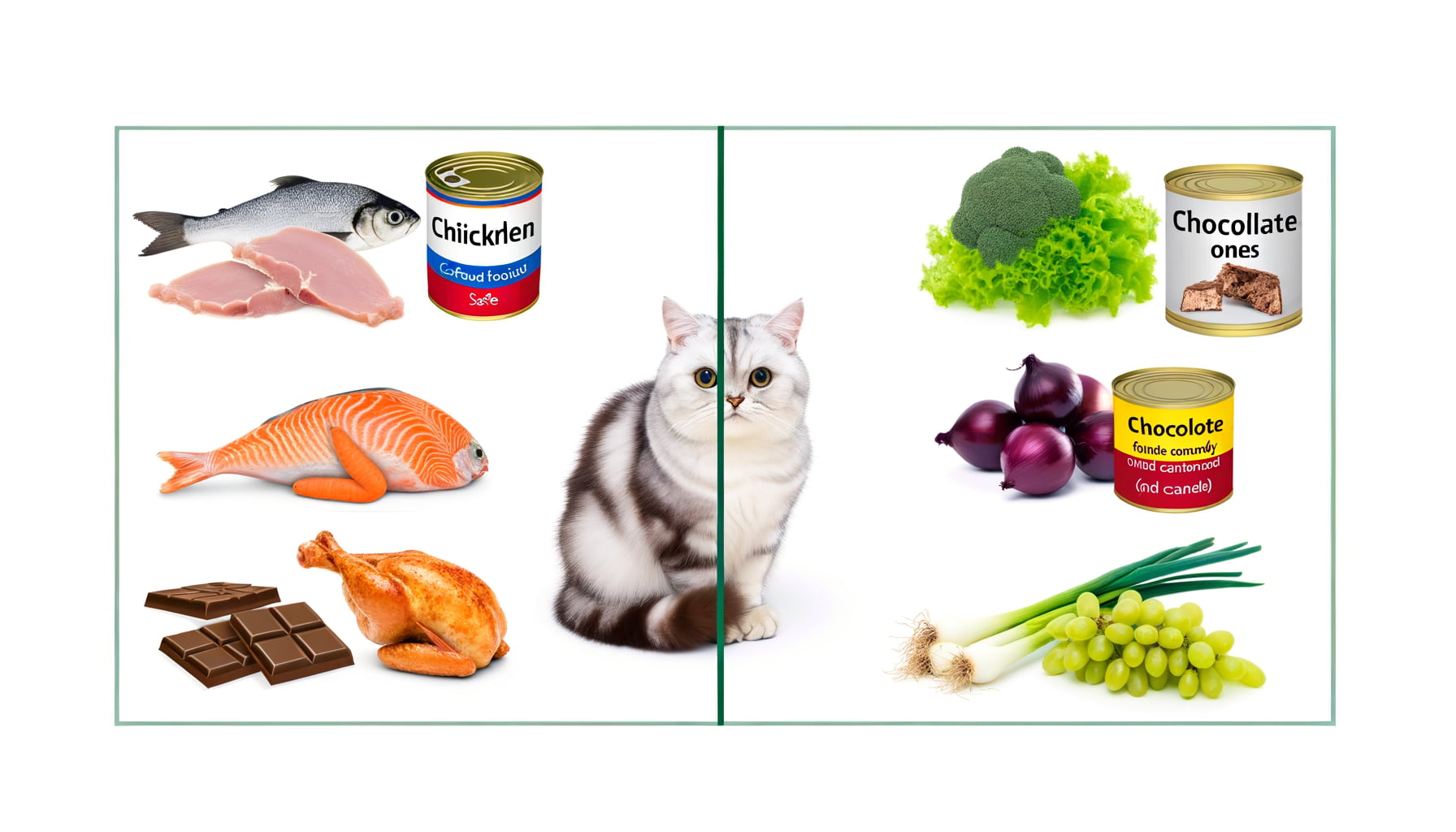
Feeding your cat involves a delicate balance of providing fulfilling meals and ensuring food safety. Among the safe food items for cats are high-quality cat food, cooked meats, fish, and certain vegetables. These foods provide the necessary protein cats require while preventing nutritional deficiencies.
However, unsafe food items for cats are just as important to note. Foods like chocolate, onions, garlic, grapes, and uncooked dough can cause catastrophic health problems for cats. Chocolate contains caffeine and theobromine, harmful substances for cats. Onions and garlic cause damage to red blood cells, leading to anemia. Grapes and raisins can lead to sudden kidney failure, and uncooked dough can expand in a cat’s stomach, causing dangerous complications.
Bread, in contrast, falls into a gray area. Most loaves are safe for cats in moderation but do not offer significant nutritional value. Some bread types, such as those containing garlic, raisins, or spices, can harm your feline friend. As such, when contemplating the suitability of bread as a treat, it is vital to consider both the potential health implications and the specific type of bread in question.
The Impact of Bread on Cats’ Health
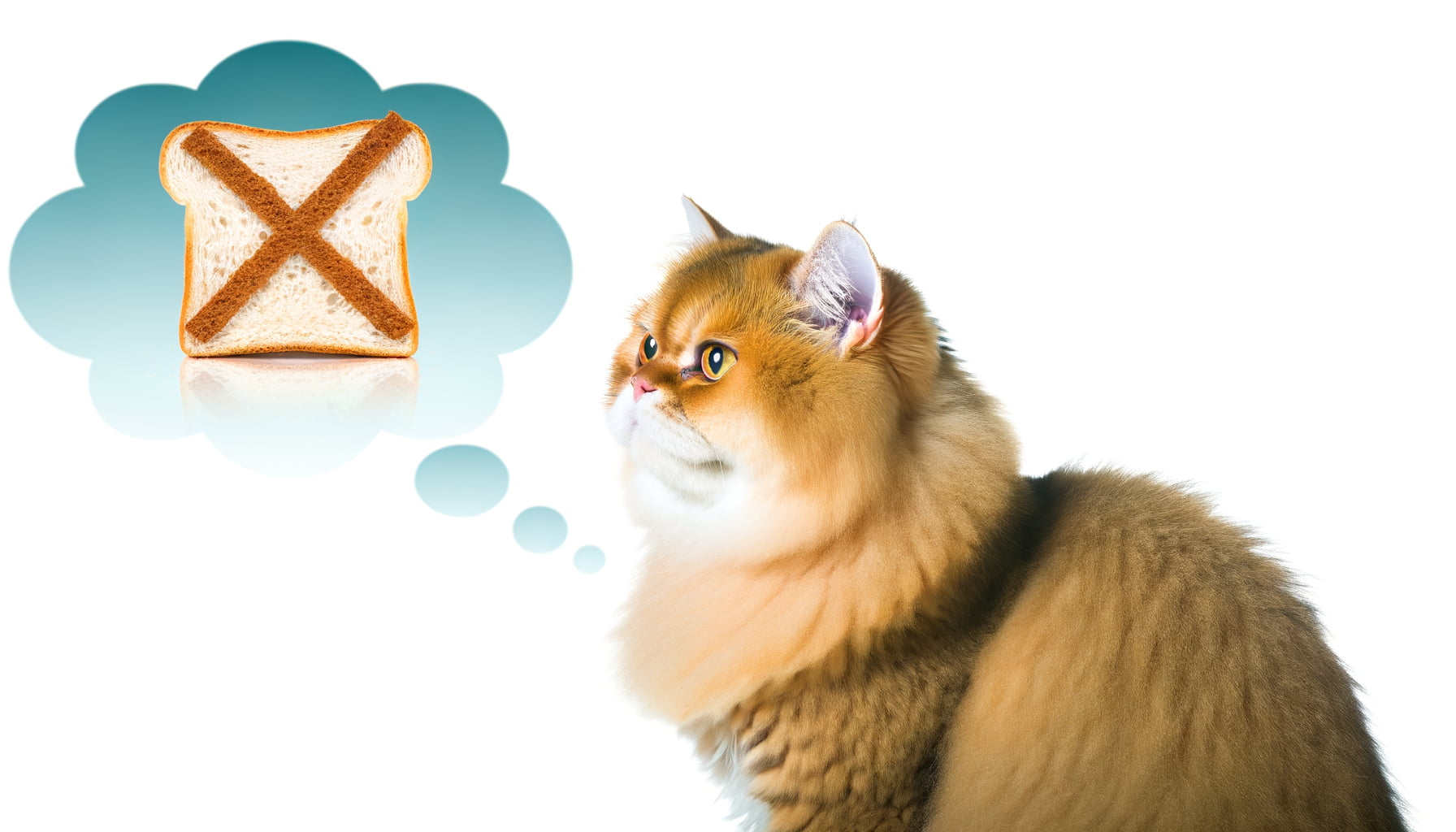
Cats, being natural carnivores, require a diet high in protein. However, if you’ve ever seen your feline friend showing interest in a piece of bread, you might wonder if it’s safe to share this common carbohydrate source with them. The answer? Yes, but caution is advised.
When considering a cat’s health, it’s important to mention perplexity and burstiness. Bread offers little nutritional value to cats, hence it’s “perplexing” in terms of their dietary requirements. Yet, it’s considered “bursty”, given felines may like its texture and taste. But, high carbohydrate content can lead to weight gain and potentially diabetes, making moderation key.
Moreover, in some cases, bread can pose safety risks. Case in point: dough with living yeast can expand within the cat’s stomach, leading to distress. Therefore, while bread isn’t typically harmful, it certainly doesn’t rank high as a beneficial food. In conclusion, cats can have bread in small quantities, but it shouldn’t become a staple in their diet.
Conclusion
After delving into the mystery of whether bread is a safe treat for your feline companion, it is clear that moderation is key. While bread can be safely enjoyed by some cats in small amounts, it is important to consider the potential risks such as gluten sensitivity and obesity. As a responsible pet owner, it is essential to consult with a veterinarian before introducing bread into your cat’s diet to ensure their health and well-being.
By being mindful of the potential dangers and benefits of feeding bread to your cat, you can make informed decisions that prioritize their safety and happiness. Remember, every cat is unique, so what works for one may not work for another. With the right guidance and precautions, you can treat your furry friend to a tasty snack without compromising their health.
